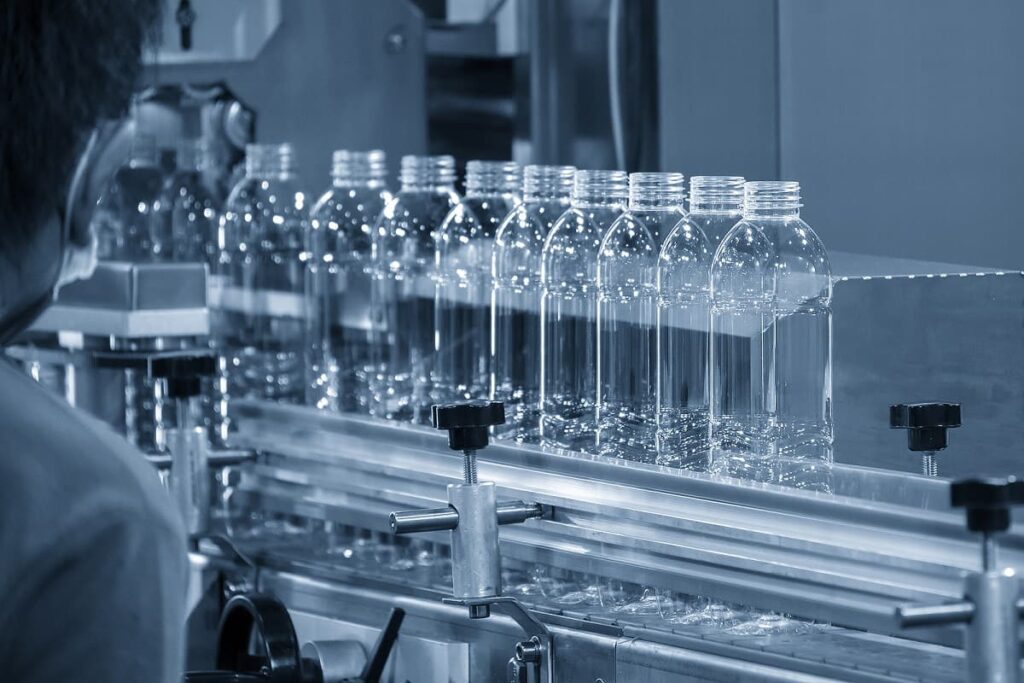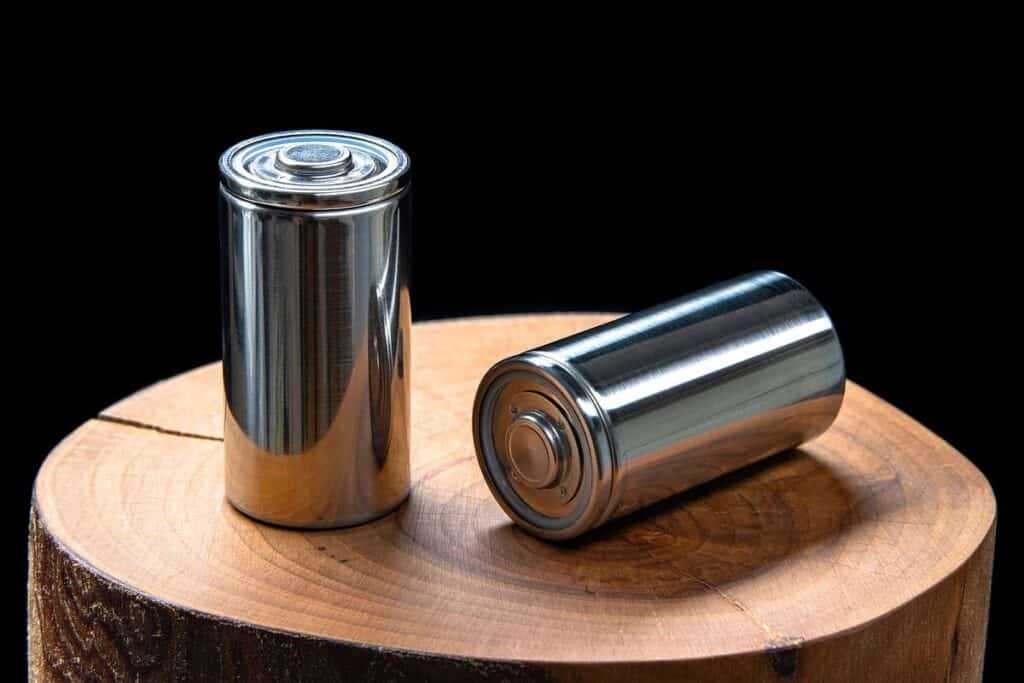Can Waste-to-Energy Work for Island Nations?
Table of contents

Some countries in the world just don’t get much attention when in fact they’re fascinating places to visit. The Federated States of Micronesia (FSM) is one such place. The capital city – Pohnpei – is uniquely different from the rest of the world. Walk home from the empty bar at 11 PM and be prepared to face down wild dogs that will straight up bite you. If the dog’s owner feels sorry for you and wants to beg for forgiveness (not likely), they’ll offer you sakau (also called kava) to bury the hatchet. In pre-European times, the kava was chewed by virgin girls before it was mixed with the water. The end result is a nonalcoholic beverage that gets you effed up – a startup idea waiting to happen once we grow weary of the CBD craze. FSM is one of many Pacific Island Countries that are characterized by little land mass and extreme isolation. And where you find people, you find municipal waste.

Marshall Islands has just 70 square miles of land spread out in an area the size of Mexico, about 730,000 square miles. In places like these, where are you supposed to store municipal waste? It’s a problem, especially if you’re focused on being environmentally aware.
A running theme in FSM, and its neighboring country the Marshall Islands, is renewable energy. These countries actively show a concern for the environment when it comes to generating energy, and they don’t have much of a choice. Most energy comes from diesel fuel plants which are aging and expensive to operate. All you MBAs out there are probably putting two and two together by now. Why not burn the municipal waste to create energy and kill two birds with one stone?
Fulcrum BioEnergy

When the plant begins commercial operations in the first quarter of 2020, Sierra will convert approximately 175,000 tons of household garbage into more than 10.5 million gallons of fuel each year.
We can now do some back-of-the-napkin math to estimate the sort of population required to support this plant. Note that the most detailed information we can find is around the average American so we may be overstating the amount of waste a bit. According to the EPA, the average American generates 4.4 pounds of waste per year. That translates to 0.803 tons of municipal waste a year per person. We can do a quick check on that number. In 2015, the U.S. generated about 262 million tons of trash.
The population at that time was 316.2 million people so 0.803 X 316.2 = 257.76. The math adds up.
Scaling Waste-to-Energy
Let’s use the projections for Fulcrum BioEnergy’s first waste-to-energy plant to determine how much feedstock we need to build an energy plant. In order to produce 175,000 tons of garbage, we would need 217,932 people. For most island nations, this isn’t going to work. For larger ones like Fiji, the numbers might add up.
The Naboro landfill in Fiji began operations in 2005 at a cost of about $7.4 million to build. Located 24 kilometers from central Suva, also serves Lami; Nasinu; and Nausori towns, as well as Navua and Korovou. That’s about one-third of all Fijians being serviced by a single landfill, and enough people to meet our minimum requirement. However, actual waste being received by the landfill is much less – around 184 tons a day or 67,160 tons a year. Not everyone generates waste equally it seems, and this falls short of the 175,000 tons needed as feedstock for Fulcrum’s first plant.
Regardless, let’s presume we could build a plant one-third the size at the same economics. The 67,160 tons of trash brought in by the Naboro landfill would then turn into 4.03 million gallons of jet fuel. Using an average of $5.20 cents a gallon for jet fuel gives us yearly revenues of just under $21 million. That becomes even more meaningful when you consider that jet fuel needs to be imported to most island nations which is an added cost. Maybe this fuel could be sold to United Airlines? It shouldn’t be a hard sell since United is already an investor in Fulcrum BioEnergy.

“In round numbers, a 737 will burn 5,000 pounds (750 gallons) an hour,” says retired pilot John Cox. This means 4.03 million gallons gives us 5,373 hours of flight or 14 hours of flight a day. That ought to be enough to power a major flight route. Given United Airlines has a monopoly on is nice enough to operate the only transpacific route from the United States to Guam, this idea ought to be appealing.
Is Waste-to-Energy Economically Viable?
As we often say, investors don’t want to subsidize the world’s problems, they want a return on their capital. Technology provides us with the means of solving most of our problems. Mankind’s greatest thinkers, MBAs, are then supposed to come up with business models that use technology to address problems and make a profit. What we haven’t talked about yet is profitability. That’s where things start to get difficult.
In order to ballpark the cost of a waste-to-energy plant like Fulcrum is building, we can gain some insights by looking at their recent press release on a new plant they plan to build.
Fulcrum BioEnergy has announced plans to construct a $600 million Centerpoint BioFuels Plant in Gary, Indiana. The plant would have capacity to process up to 700,000 tons of MSW per year into 33 million gallons of jet fuel. If construction starts in 2020 as planned, the site could be operational by 2022.
We can keep it simple and divide everything by ten. A plant that processes 70,000 tons of waste would cost $60 million to build and generate $17.16 million a year in revenues from jet fuel. Given that everything needs to be imported to island nations, that initial capital requirement is likely to be much higher. Gasoline in the Marshall Islands costs about $5 a gallon, so you can see how the need to import a commodity increases the price. The jet fuel being produced will be more valuable than $5.20 a gallon but the plant will cost far more to build since everything has to be imported. Maybe it all evens out, but there’s also one other scenario to consider here.
Waste-to-Diesel
In the capital city of the Marshall Islands, Majuro, they import around 5.6 million gallons of diesel fuel to operate their generators which provide the town with electricity. The government published a Marshall Islands Electricity Roadmap in December of last year which examined the viability of various renewable energy sources. Here’s their conclusion in a nutshell.
Looking at Fulcrum’s website, we see that they can generate jet fuel or diesel using their waste-to-energy process. Why not produce diesel instead of jet fuel and use it to power the generators? We’re not rocket scientists – or scientists of any kind – but we would go out on a limb and say that waste-to-energy ought to produce more diesel than jet fuel if the net cost of producing energy is the same. Does that even make sense? It’s at this point in time when we realize that the topless virgins have served us one too many sakaus, and we may be exhausting our ability to use back of the napkin math. It’s time to reach some conclusions.
Conclusion
“Let’s face it — there will never, ever be a shortage of garbage,” says Fulcrum BioEnergy. Across the globe, 1.3 billion tons of waste is generated each year. Instead of burying it, producing transportation fuels could turn that garbage into 2.7 million barrels per day of transportation fuels including jet fuel and diesel. That’s 985 million barrels a year or 41.4 billion gallons of fuel. In 2019, the entire aviation industry will use 97 billion gallons of fuel. In other words, if we turned all our trash into fuel then this would provide 42% of all the fuel used by airlines around the globe. That’s certainly enough to power at least a few major airlines, and maybe that’s why Fulcrum counts both Cathay Pacific and United Airlines as investors. If Fulcrum BioEnergy can manage to build their plants at a much smaller scale, this could solve quite a few problems for at least some of the island nations around the world.
Sign up to our newsletter to get more of our great research delivered straight to your inbox!
Nanalyze Weekly includes useful insights written by our team of underpaid MBAs, research on new disruptive technology stocks flying under the radar, and summaries of our recent research. Always 100% free.
















